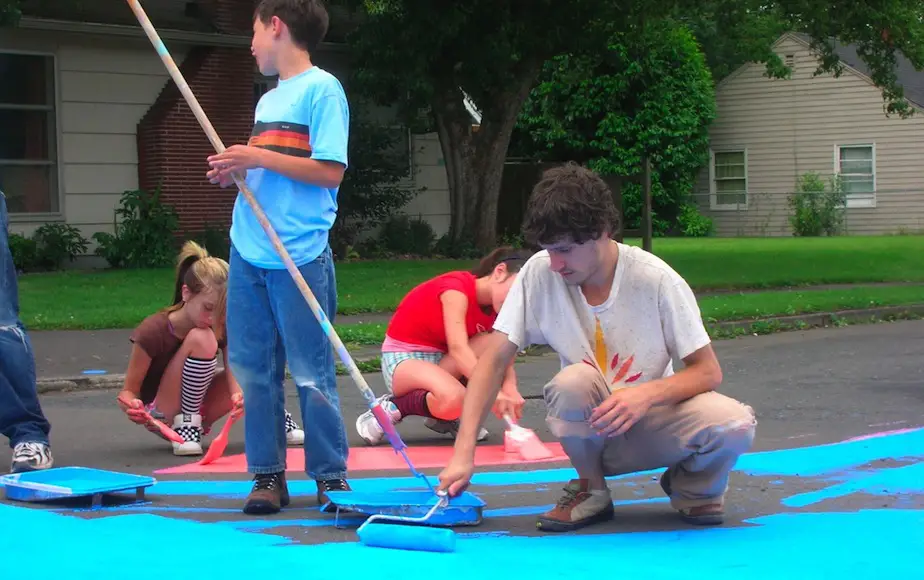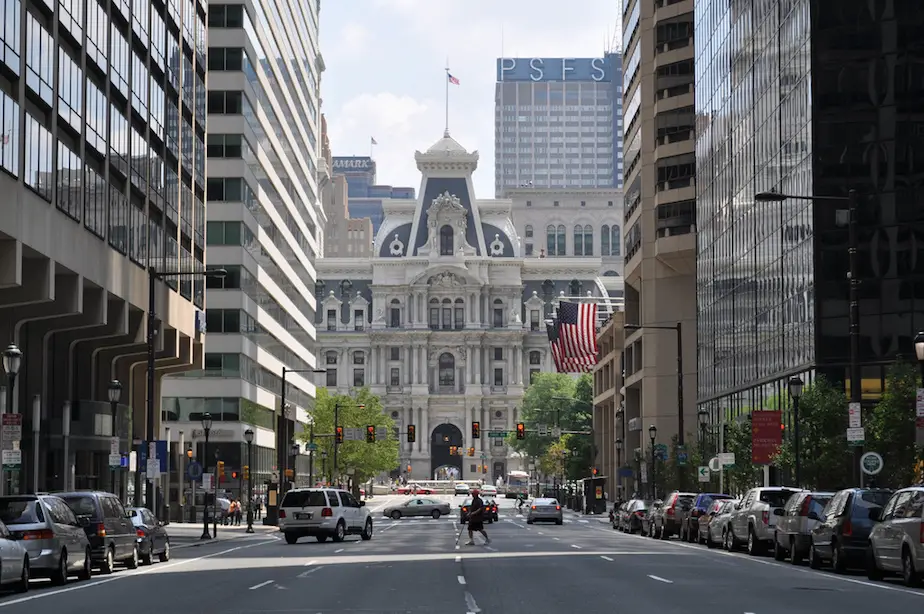Cities offer a promising intervention level for decisive local action to address sustainability challenges, especially in terms of policy and societal action. City officials are, however, often confronted with the limitations of the policy instruments available to them; they have proved insufficient to deal with the complexity of the challenges at hand as aiming for a sustainable future requires searching for fundamentally new ways of thinking, working and organizing. At the same time, different stakeholders across different domains have daily practices that can play a part in creating a more sustainable future of their city.
The question is how to connect the two; how to trigger and influence social dynamics that aim for sustainability?
As part of the Mitigation in Urban Areas: Solutions for Innovative Cities project (or MUSIC), funded by the EU’s Interreg program, the cities of Aberdeen (UK), Montreuil (FR), Ghent (BE), Ludwigsburg (DE) and Rotterdam (NL) pioneered the application of a transition management approach for working towards a low-carbon future. Following the approach, each city created space (both mental and physical) to go beyond the status quo in what is called the ‘transition arena’ (a temporary setting), while involving a group of local change agents from diverse backgrounds. The change agents are vital for the process since they are the ones willing to go beyond ‘business as usual’ and develop alternatives. Over the course of several ‘arena meetings’, they worked together on structuring the ‘transition challenge’ of their city, while drafting visionary images, developing ‘transition pathways’ and formulating a ‘transition agenda’ that included short-term actions for a low-carbon future of the city. The cities used the transition management approach as a methodological guideline and adjusted it to their local context. The process and outcome differed from city to city, but in general the process presented five mechanisms for addressing sustainability challenges:
1. A better understanding of complexity
Through the first steps of the approach, ‘systems analysis’, the participants and policy officials explored the state and dynamics of their city, through which they were able to gain a better understanding of the complexity and societal context of a low-carbon future. In Aberdeen, the oil and gas capital of Europe, the active incorporation of ‘change agents’ in the discussion and framing of the future of their city led to shift from aiming to anchor the oil-industry for the city’s prosperity and towards seeking possibilities to maintain and expand the city’s prosperity beyond oil dependency. In Montreuil, a transition team member stated:
Transition management allowed us to remove the institutional perspective of looking at things and replaced our ‘business-as-usual’ for looking more to the long-term.
2. Shared narrative
In the space created for the process, the arena participants in the cities developed a shared understanding of how they view the future of their city and what it would take to reach that future. The problem-framing, visionary images, pathways and ideas for short-term and long-term actions were consolidated in the ‘transition agenda’, which provided a starting point for involving a wider group and instigating new activities, networks and collaborations. An Aberdeen transition arena participant explained that “in order to own the problem, you have to be part of the problem definition and I think that was done quite well”, as “not everyone is hot for sustainability. What does inspire people is work, income, eco-friendliness, or that their kids can go to school safely” another one from Rotterdam concluded.
3. Emergence of new networks and constellations
Through the incorporation of a diverse group of local change agents, new contacts were established. The participants and team members agreed that the dynamics of these meetings were very inspiring, with a city officer from Ghent stating: “most valuable was the dynamic atmosphere of people who want to be the change”. In Aberdeen, Ghent and Montreuil, several project groups started as a follow-up to the arena process, in order to work on more specific themes and concrete projects ideas such as education on sustainable transportation, mobilization of consumers and valorisation of sewage water. A working group from Ghent called upon its fellow citizens to ‘mob’ their local supermarket.
4. New roles and relations
In order to work towards the shared vision of their city, participants explored new roles and relations to make that vision a reality. A city officer in Ludwigsburg even added:
One person or a government can never be as clever and creative and so incredibly involved as an entire population. If everyone contributes a little bit, the result is something truly amazing.
Many of the arena participants confirmed that the process strengthened their capacities and motivation to play a role in the transition to a low-carbon city. Within the city administrations, policy officers from diverse domains discovered the linkages with and the relevance of climate and energy ambitions for their own work, with a policy official in Ghent explained that “transition management helps to get climate neutrality on the agenda in every department”.
5. Co-production in a societal learning process
Transition management centres around co-production in a societal learning process, where local participants and government explore new roles and relations that step away from the everyday practice of citizens or businesses participating in a municipal decision-making process. The new mode of working, focusing on social and institutional learning and creating opportunities for change-agents, is in part translated into the daily work of the city administration. As a policy officers from Montreuil stated, “transition management is not just another participatory process, it is about transforming from inside”, but as another city officer in Ghent noted that “it will take a while before the governments feels comfortable with that and discovers its new role”.
All in all, in the five cities from the MUSIC project inspired over 30 spin-off initiatives, including two new arena trajectories, and many ideas that resonate with the participants spread within their cities. To the change agents involved, it was a learning experience through which they can now more effectively build upon opportunities and tackle challenges in working towards a sustainable city. Moreover, the process was a learning experience for the city teams: it stimulated them to continue to create space for new developments, strengthen initiatives that contribute to the sketched guiding perspective, and challenge actors to take part in the transition.
More detailed insights from the five cities in the MUSIC project can be found in this evaluation report. Based on these insights, the Dutch Research Institute for Transitions recently released its guidance manual on transition management in the urban context, which offers city offices a guideline on how to influence and accelerate a transition towards a low-carbon future. The manual is available in English, German and French.
Featured image via Ed Webster



